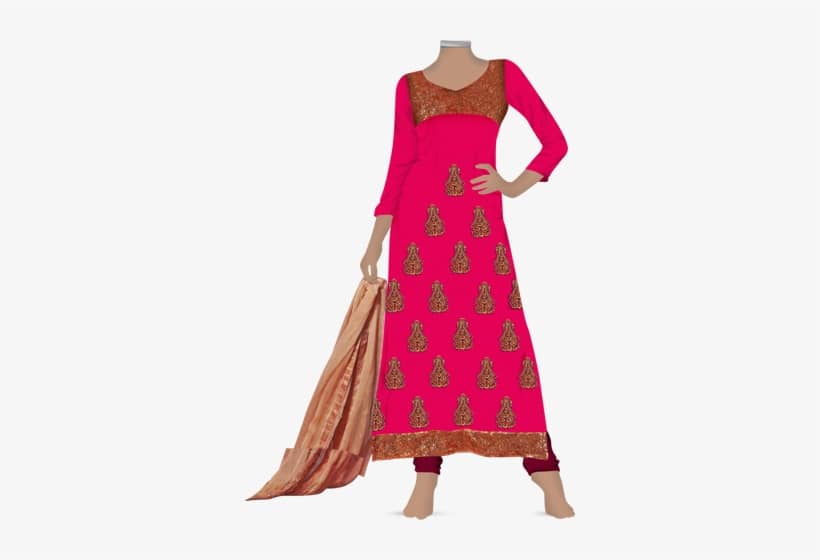Discover the Best Tailor Perth: Premium Tailoring for Distinct Style
Discover the Best Tailor Perth: Premium Tailoring for Distinct Style
Blog Article
Recognizing the Tailoring Refine: From Textile Option to Last Fitting for the Suitable Wardrobe
The tailoring procedure is a complicated interaction of art and scientific research, beginning with the critical decision of textile choice and culminating in the exact adjustments of last fittings. Each textile type brings one-of-a-kind qualities that affect not only the visual appeal however also the garment's durability and viability for different celebrations.
Value of Fabric Choice
Picking the right material is critical in the tailoring process, as it directly affects the convenience, resilience, and general visual of the last garment (tailor perth). The selection of fabric sets the structure for the garment's performance, style, and performance. Various materials have one-of-a-kind buildings, such as breathability, stretch, and weight, which can dramatically affect just how the garment drapes and fits the body
Moreover, fabric option affects the garment's long life and ease of treatment. High-grade fabrics can endure deterioration, keeping their look and structure gradually, while lower-quality products might cause pilling or fading. Furthermore, the best material adds to the garment's ability to change throughout occasions and periods, consequently improving adaptability.
A tailored piece made from an ideal material not only showcases craftsmanship yet likewise elevates the user's self-confidence. As a result, comprehending the nuances of textile choice is critical for any tailoring undertaking. It guarantees that the end product not only fulfills the visual desires of the customer yet additionally lines up with functional needs, consequently achieving an unified equilibrium between kind and function in the customized wardrobe.
Kinds of Fabrics and Their Usages
Understanding the various kinds of materials readily available is important for making informed decisions throughout the customizing process. Each textile possesses distinct characteristics that determine its viability for details garments and occasions.
Its convenience enables it to be tailored right into every little thing from shirts to dresses. Its all-natural flexibility assists garments keep form over time.
Silk emanates deluxe and is lightweight, making it excellent for eveningwear and fragile blouses; however, it calls for cautious handling as a result of its fragility. Bed linen, with its distinctive coating, is a popular choice for warm climates, offering a airy and crisp feeling, but it wrinkles conveniently, which may impact the garment's appearance.
Synthetic fabrics, such as polyester and nylon, deal durability and resistance to creases, making them ideal for daily wear and active clothing. Understanding these material types and their residential or commercial properties enables much better decision-making, making certain that each tailored item not just fits well but likewise aligns with the intended objective and occasion.
The Tailoring Techniques Described
The art of tailoring depends on a variety of methods that change textile into well-fitted garments. Central to this process is pattern composing, where a tailor develops design templates based upon the customer's dimensions and wanted design. This preliminary step ensures that the garment will certainly fit the user properly prior to any reducing happens.
When patterns are established, reducing methods come right into play. Precision is extremely important as errors can result in misfitting garments. Tailors Full Article often utilize numerous cutting techniques, such as single-layer cutting for detailed layouts and multiple-layer reducing for performance on conventional patterns.
Basting is one more crucial method, permitting tailors to temporarily stitch fabric assemble for an initial installation. This technique provides the possibility to analyze the drape and total silhouette prior to last stitching.
Seaming methods, consisting of flat-felled seams and French joints, boost the garment's durability and visual charm. Tailors additionally utilize strategies such as interfacing and extra padding to supply framework and shape to particular locations, like shoulders and collars.
Lastly, ending up strategies, including hemming and edge ending up, ensure the garment's durability while offering a refined appearance. Together, these methods form the foundation of effective tailoring, leading to exquisite, tailor-made apparel.
Suitable Modifications and Factors To Consider

Trick considerations consist of the shoulder fit, which needs to neither droop nor limit activity, and the sleeve length, which ought to permit for comfortable arm motion while preserving a polished appearance. Additionally, modifications at the midsection can refine the shape, with choices to allow out or take in material as required.
The rise of trousers is an additional essential variable; it must rest easily above the hips without causing discomfort, enabling convenience of motion. Hemming lengths for both trousers and skirts need to mirror the user's favored style while you can find out more appreciating proportions.

Maintaining Your Tailored Clothes
Always adhere to the care label instructions, which may advise completely dry cleansing for delicate textiles or maker washing for more long lasting materials. Stay clear of regular laundering, as this can put on down the fabric and alter the garment's shape.
Storage space is equally vital; use cushioned hangers for jackets and layers to preserve shoulder framework, and shop trousers folded up nicely or hung to avoid creasing. Safeguard garments from direct sunshine, which can fade shades and damages fibers.
Furthermore, periodic assessments for minor repairs can prevent larger issues. Check for loose buttons, fraying joints, or indications of moth damage, resolving these troubles promptly to keep the garment's integrity.
Last but not least, take into consideration seasonal rotation. Putting on customized pieces in small amounts allows materials to recover, extending their life expectancy. By carrying out these upkeep strategies, you can ensure that your customized garments continue to be as pristine as the day you first used them, boosting your suitable closet for years to come.
Verdict
The tailoring process, encompassing fabric option, competent methods, and precise fitting adjustments, plays an important duty in developing garments that boost both convenience and style. Each phase adds to the general performance of the last product, guaranteeing that clothing not only fits well but additionally mirrors private identity. Furthermore, understanding the importance of upkeep extends the life of tailored garments, strengthening their value in a well-curated wardrobe. A thorough strategy to tailoring finishes in a polished and confident appearance.
Selecting the best fabric is essential in the customizing process, as it straight influences the comfort, resilience, and overall visual of the final garment. The option of fabric sets the structure for the garment's performance, functionality, and style. Various textiles possess unique properties, such as breathability, weight, and stretch, which can substantially affect how the garment drapes and fits the body.
The art of tailoring depends on a variety of methods that transform textile into well-fitted garments.The customizing procedure, incorporating fabric selection, knowledgeable methods, and exact suitable changes, plays an important duty in creating garments that boost both comfort and design.
Report this page